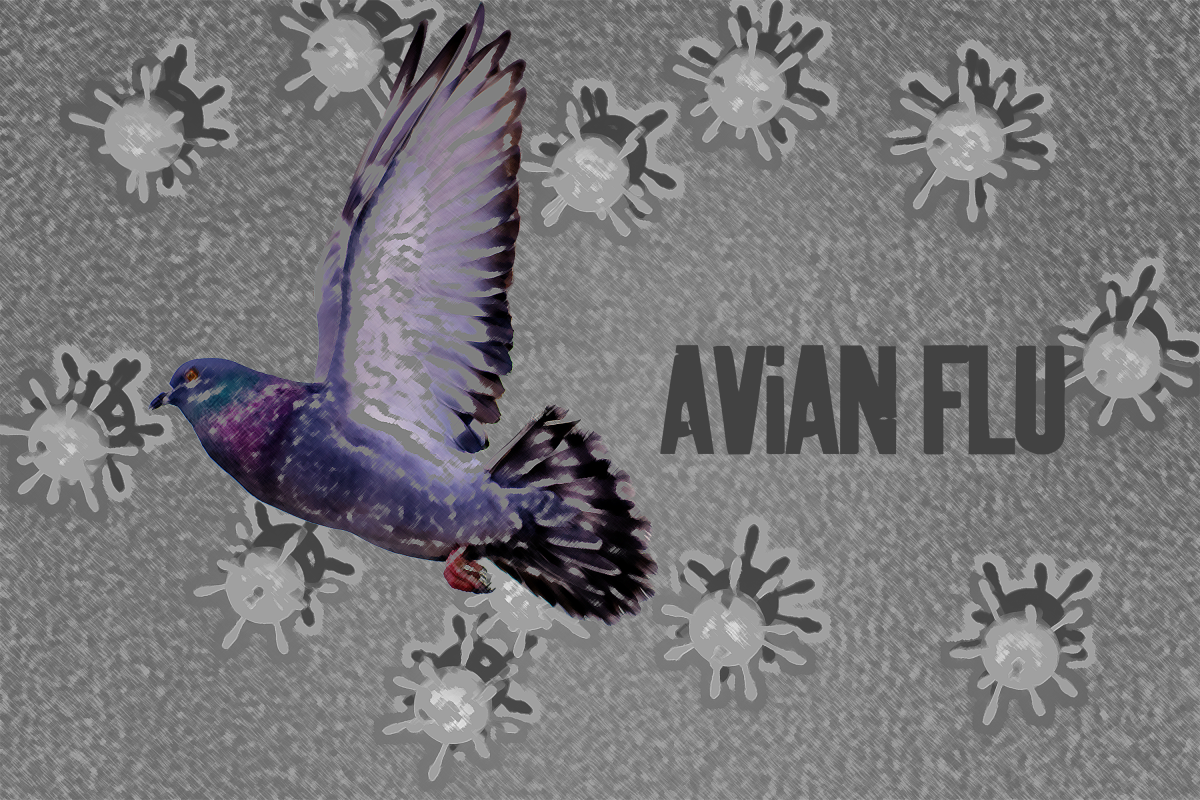When the Agricultural and Mechanical College of Texas opened its doors on Oct. 4, 1876, the Corps of Cadets began its rich history. The school finished its first year with only 106 students, all of whom were required to join the Corps.
In 1888, cadets organized the Scott Volunteers, which preceded today’s Ross Volunteers. The Ross Volunteers is now the oldest student organization in the state.
Six years later, in 1894, the Fightin’ Texas Aggie Band was formed by Arthur Jenkins, Joseph Holick and 13 other cadets. Today, the Aggie Band has more than 400 members and has performed around the globe.
In 1897, the first officer was commissioned as an officer to the Army directly from Texas A&M. Since then, there have been more than 43,000 officers, 225 of whom have been generals or flag officers.
It was in 1898 when more than 100 Aggies first saw combat in the Spanish-American War. That year, former A&M President Lawrence Sullivan Ross died, and the Silver Taps tradition began.
After the turn of the century, the first Aggie Muster was held. Aggie Muster went on to become one of the better-known traditions, especially when 26 Aggies met at Corregidor in the Philippines on April 21, 1942 while enduring a bombardment by the Japanese. The Aggies and the Corps were put to the test on a large scale when World War I erupted in Europe and 2,217 Aggies were called to arms. Of those, 53 were killed including Private Norman G. Crocker, Class of 1918, who was the first Aggie killed in battle. Incidentally, the school fight song, “Aggie War Hymn,” was written by a soldier while defending the Rhine.
The Quadrangle, the current home for many cadets today, was built in 1939. Additions were made to the Quad in 1968 and 1970.
The Corps’ most impressive combat action came in World War II where, as every cadet learns as a freshman, 20,229 Aggies served. Of those, 14,123 were officers, 29 of whom had achieved the rank of general. That number was more than the U.S. service academies combined. By the war’s end, 953 Aggies had been slain by the enemy, and seven brave men were awarded the Medal of Honor.
In 1943, a movie filmed at A&M with cadets as extras. The movie, We’ve Never Been Licked, was about two freshman starting at A&M and concluding with their attack on a Japanese aircraft carrier.
Incidentally, a sign saying, “We’ve Never Been Licked!” and a Texas flag were displayed on the front of the tank which was at the head of the convoy that entered Tokyo when Japan surrendered in World War II.
More than 1,900 Aggies fought in the Korean War in the1950s. Nearly 60 former students were killed and six went missing.
Between 1962 and 1973, about 3,000 Aggies served in Vietnam, of whom 160 were killed. In 1963, the school changed its name to Texas A&M University and officially admitted women. Women were later allowed to join the Corps in 1974 and the Aggie Band in 1985. Also, in 1965, Corps participation became non-compulsory.
In 1991, America went to war in the Persian Gulf and 300 Aggies fought there. The first attack of the war against Iraq was lead by Air Force Lt. Col. George Walton, Class of 1971.
Saluting 125 Years
September 20, 2001
0
Donate to The Battalion
$810
$3500
Contributed
Our Goal
Your donation will support the student journalists of Texas A&M University - College Station. Your contribution will allow us to purchase equipment and cover our annual website hosting costs, in addition to paying freelance staffers for their work, travel costs for coverage and more!
More to Discover









